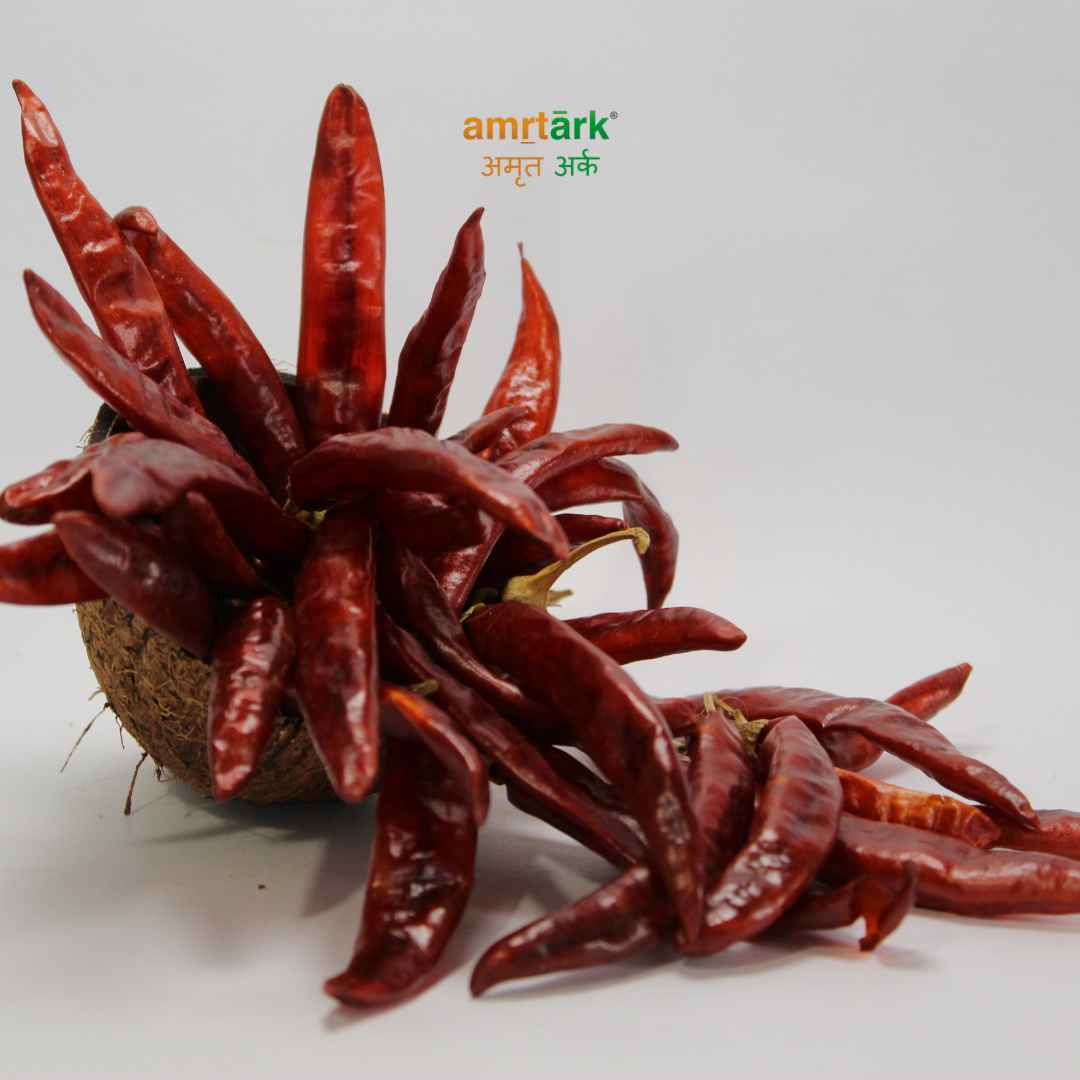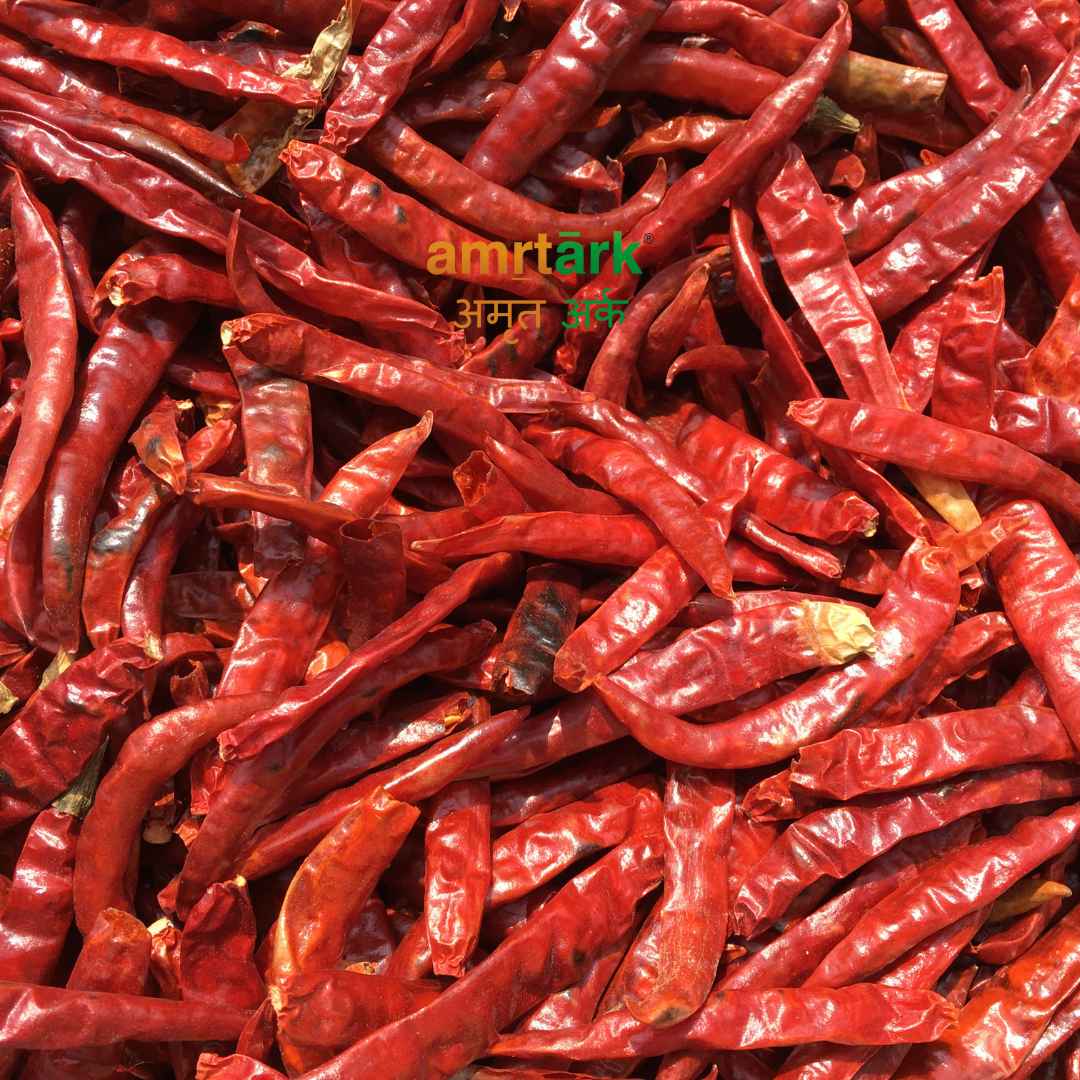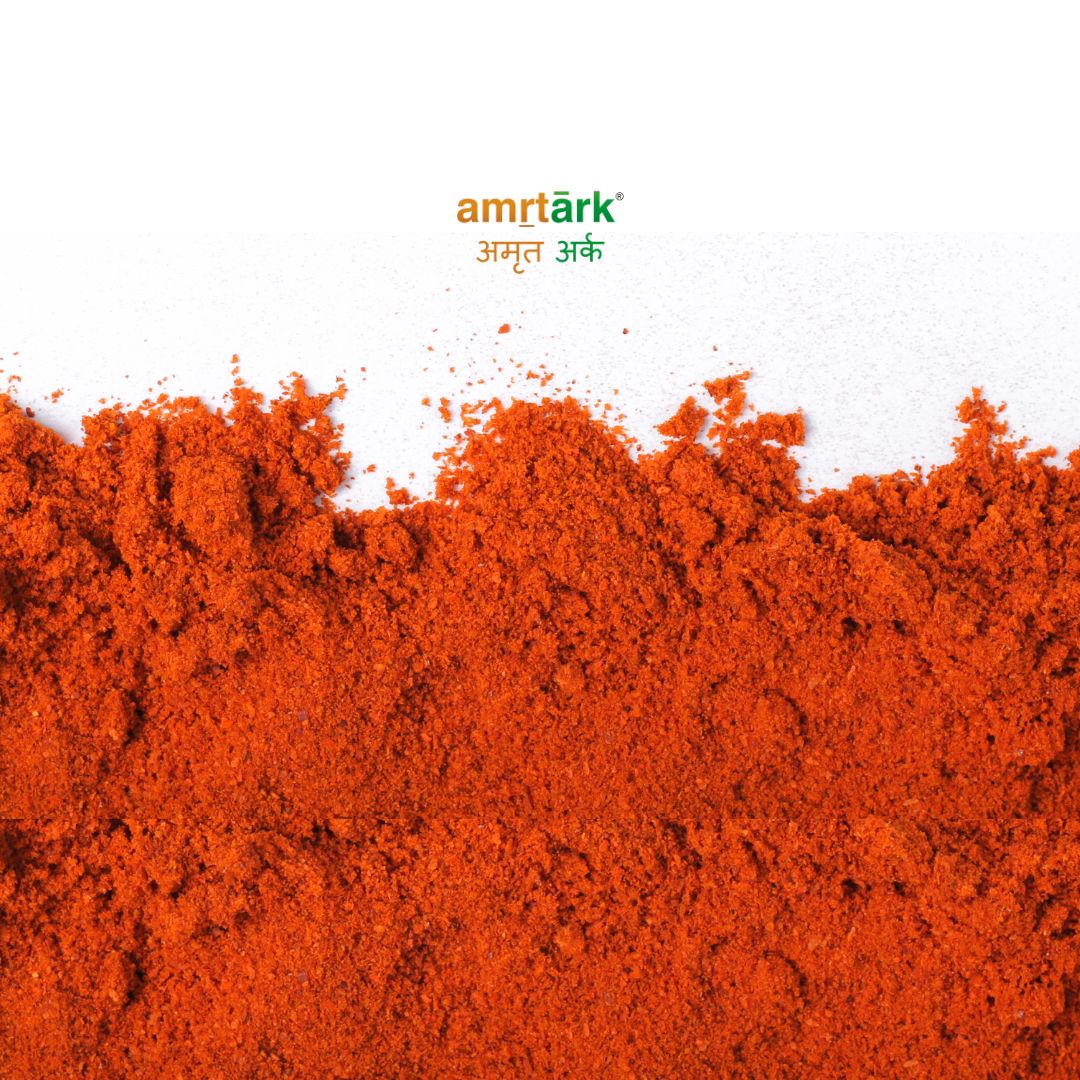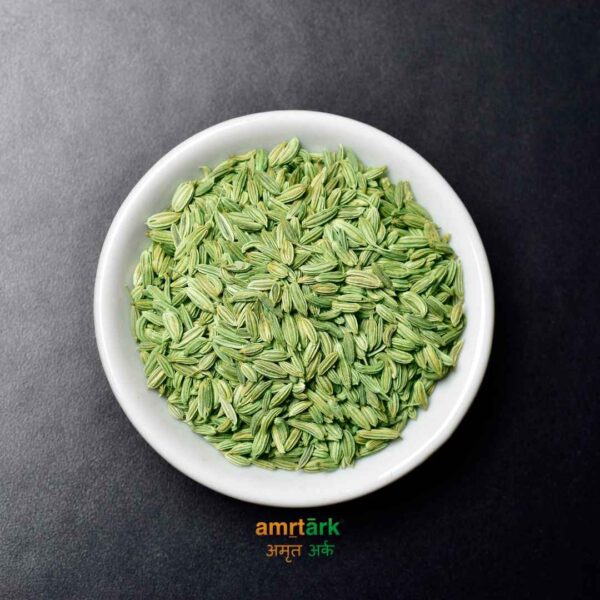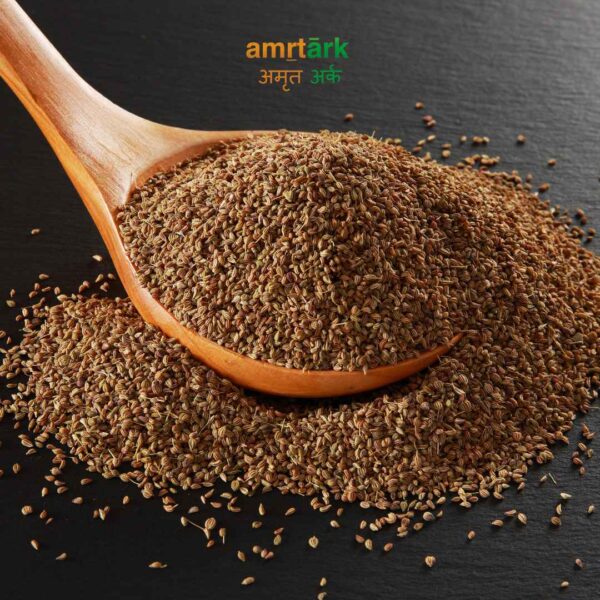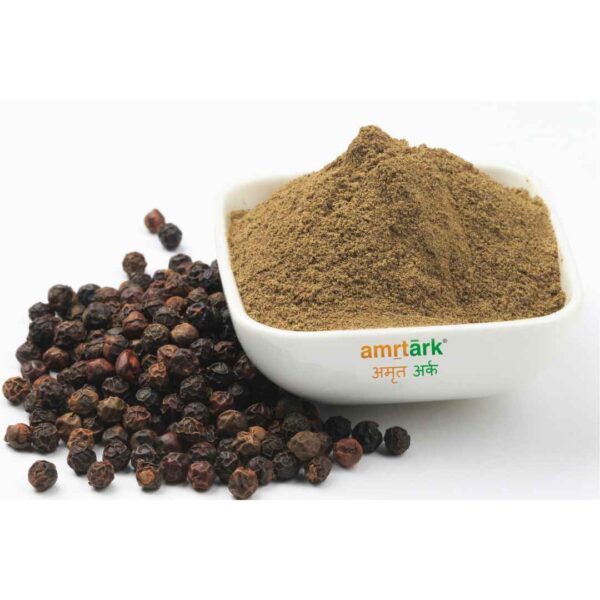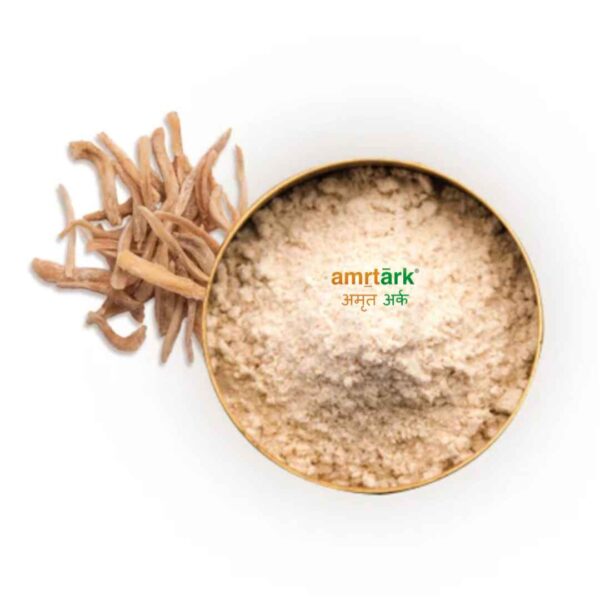Description
Red Chili Pepper (Capsicum annuum)
Red Chili Pepper, scientifically known as Capsicum annuum, is a widely used spice and vegetable known for its pungent heat and vibrant red color. It is grown and consumed globally. Red chili peppers are celebrated not only for their fiery flavor but also for their numerous health benefits due to the presence of bioactive compounds, particularly capsaicin.
Botanical Characteristics
- Common Names: Red Chili, Hot Pepper, Cayenne Pepper, Lal Mirch (Hindi), Capsicum
- Scientific Name: Capsicum annuum
- Family: Solanaceae (Nightshade family)
- Appearance: Red chili peppers are small to medium-sized fruits with a distinctive bright red color when fully ripened. The plant is a shrub that can grow up to 1.5 meters in height. It produces peppers in varying shapes, sizes, and heat levels, from mild to extremely hot.
Active Compounds and Nutrients
Red chili peppers are rich in several bioactive compounds and essential nutrients, including:
- Capsaicin: The primary compound responsible for the spicy heat, known for its numerous medicinal properties.
- Vitamins: Particularly high in vitamin C (ascorbic acid), vitamin A (as beta-carotene), and vitamin B6.
- Minerals: Including potassium, manganese, iron, and magnesium.
- Antioxidants: Such as carotenoids (beta-carotene, lutein, zeaxanthin) that protect the body from oxidative stress.
Health Benefits of Red Chili Pepper (Capsicum annuum)
- Boosts Metabolism and Aids Weight Loss: Capsaicin has thermogenic properties, which means it can increase body heat production and help burn more calories. It also promotes fat oxidation, making red chili peppers useful in weight management and fat loss efforts. Capsaicin may also reduce appetite, helping to curb overeating.
- Rich in Antioxidants: Red chili peppers are loaded with powerful antioxidants, including vitamin C and carotenoids like beta-carotene. These antioxidants help neutralize free radicals in the body, preventing oxidative damage to cells, reducing the risk of chronic diseases such as cancer, and supporting healthy skin and eyes.
- Supports Heart Health: Capsaicin and other compounds found in red chili peppers help improve cardiovascular health by lowering cholesterol levels, reducing blood pressure, and improving circulation. Capsaicin may also prevent the formation of blood clots, reducing the risk of stroke and heart attack.
- Anti-inflammatory Properties: Capsaicin exhibits strong anti-inflammatory effects, which can help reduce inflammation in the body and alleviate symptoms associated with conditions like arthritis, joint pain, and inflammatory bowel diseases. By inhibiting the production of inflammatory molecules, capsaicin can help manage chronic pain and inflammation.
- Relieves Pain: Capsaicin is widely used in topical creams and ointments to alleviate pain in conditions like osteoarthritis, rheumatoid arthritis, and nerve pain (neuropathy). It works by desensitizing nerve endings and reducing the perception of pain. Capsaicin patches are often used for chronic pain relief.
- Improves Digestion: Contrary to popular belief, moderate consumption of red chili peppers can aid digestion by stimulating the production of digestive enzymes and gastric juices. This can improve the breakdown of food, enhance nutrient absorption, and prevent digestive issues like indigestion and bloating.
- Boosts Immunity: Due to its high vitamin C content, red chili peppers can strengthen the immune system, helping the body fight off infections, viruses, and other pathogens. Vitamin C also promotes healthy skin by supporting collagen production and wound healing.
- Supports Respiratory Health: Capsaicin in red chili peppers helps clear mucus from the nose and lungs, making it beneficial for people with colds, sinus congestion, or respiratory issues like asthma. It acts as a natural decongestant by stimulating mucus secretion and loosening phlegm.
- Promotes Longevity: Studies have shown that regular consumption of chili peppers may contribute to a longer life by reducing the risk of heart disease, cancer, and metabolic disorders. The combined effects of antioxidants, anti-inflammatory properties, and improved metabolic health support overall longevity.
- Helps Fight Cancer: Capsaicin has shown potential in inhibiting the growth of cancer cells in various studies. It may induce apoptosis (programmed cell death) in cancer cells and prevent tumor growth, particularly in prostate, breast, and colon cancers. However, further research is needed to fully understand capsaicin’s role in cancer prevention and treatment.
Traditional and Medicinal Uses
In traditional Ayurveda and Traditional Chinese Medicine (TCM), red chili peppers are used for their warming and stimulating properties. They are believed to:
- Stimulate digestion and increase digestive fire (Agni).
- Detoxify the body by promoting sweat and urine production, which helps eliminate toxins.
- Relieve pain through their external application for muscle aches and arthritis.
- Boost circulation and improve blood flow, making them beneficial for cold hands and feet.
Modern Uses and Forms
Red chili peppers are available in various forms for culinary and medicinal use:
- Fresh or Dried Chili Peppers: Used whole or crushed in cooking for heat and flavor.
- Chili Powder: Ground chili powder is a popular spice used in various dishes.
- Capsaicin Creams/Ointments: Used topically for pain relief in conditions like arthritis and neuropathy.
- Capsaicin Supplements: Available in capsules or tablets for promoting weight loss, cardiovascular health, and overall well-being.
- Chili Extracts: Concentrated capsaicin extracts are used in health supplements or as ingredients in natural pain relief products.
Recommended Dosage
The amount of red chili pepper needed for health benefits varies depending on the form and intended use:
- Culinary use: Typically, a pinch to a teaspoon of chili powder or a small piece of fresh chili can be added to dishes.
- Capsaicin supplements: The dosage for capsaicin supplements typically ranges from 30 to 120 mg of capsaicin extract per day, but it’s best to follow the instructions on the product label.
Side Effects and Precautions
While red chili peppers offer numerous health benefits, they can also cause discomfort in some individuals, especially when consumed in excess. Common side effects include:
- Gastrointestinal issues: Overconsumption of chili peppers can lead to stomach pain, heartburn, or indigestion in sensitive individuals.
- Skin irritation: When applied topically, capsaicin can cause a burning sensation or irritation, so it’s important to wash hands thoroughly after handling chili peppers.
- Allergic reactions: Some individuals may be allergic to chili peppers and should avoid them if they experience symptoms like itching, swelling, or difficulty breathing.
It’s important to consume red chili peppers in moderation, especially for those with pre-existing gastrointestinal conditions like ulcers, acid reflux, or irritable bowel syndrome (IBS). Pregnant and breastfeeding women should consult a healthcare provider before using capsaicin supplements or topical products.

